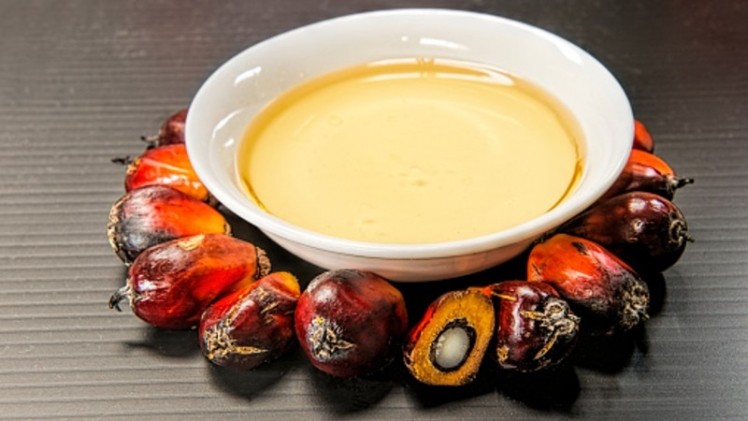Triple whammy: China palm oil demand expected to rise as soybean takes swine fever, trade war and COVID-19 hit

According to Chinese oil industry consultation firm Shanghai Pansun’s General Manager Cai Neng Bin, the local soybean oil industry is in the difficult position of facing a triple threat from not just COVID-19 impacts, but also ASF impacts and the US-China trade war.
“[In addition to] COVID-19 affecting the overall supply chain for soybean imports, [the] China-US trade war has had an impact on China’s soybean imports from the United States, and ASF has impacted soybean-crushing activities [due to a drop in swine and thus] feed demand,” said Cai at the recent Pointers on Price Trends seminar held by the Malaysian Palm Oil Council (MPOC).
“China is already seeking alternatives to soybean meal [in view of soybean price hikes], which is sure to [impact this] to a certain extent. [Since] 2018, China has already been increasing oils and fats imports in order to satisfy the supply-demand gap resulted from the reduction in soybean crushing.
“Import volumes of oils such as palm oil, rapeseed oil and sunflower oil have thus increased significantly – [in particular], China’s palm oil imports and consumption still have significant room for growth as [it is very invested] in ensuring a stable supply in the mid-to-long term, not just at the central government level but at all levels.”
China’s palm oil import numbers have been on the rise since 2019, driven also by the widening between the prices of soybean oil and palm oil.
“The tight soybean oil supplies have also caused a widening of these prices, which will encourage higher demand for palm oil in 2021,” said Cai.
“China’s palm oil consumption from January to March 2021 came in at 1.6 million MT, and based on this and an estimated monthly consumption for April to December at 600,000 MT per month, demand for palm oil is forecasted at 7 million MT this year, close to the record-setting level of 7.1 million MT seen in 2019.”
As such, palm oil producers would do well to capitalize on China’s current demand for palm oil this year, especially as stocks appear to be running low in key regions and a replenishing of supply looks to be on the horizon.
“[The rise in demand for palm oil in China is further supported] by low palm oil stocks in the country currently – there have been low imports and an increase in demand causing stocks to start decreasing since March, with the total stock in major regions having touched a low level of 400,000 MT,” added Cai.
Key understocked destinations
This view was supported by Palm Oil Analytics’ Dr Sathia Varqa, who indeed highlighted China as a ‘key understocked destination market’.
“Palm oil stocks in China have [basically] been lingering in deficit for months from higher usage and lower imports, so China palm oil imports are likely to improve in Q2 2021,” he said.
“Malaysian palm oil in particular is currently priced more competitively than Indonesia [which prices are being affected by levies and taxes], so exports to China are rising. Indonesian palm oil’s high prices are obviously depressing its export demand – February exports were the lowest in more than three years for the country.
“The [spread between palm and] soybean oil is not permanent either – it is pretty volatile as prices are in general still very volatile now, and could quickly narrow down, [so palm oil stakeholders would do well to take note].”





















